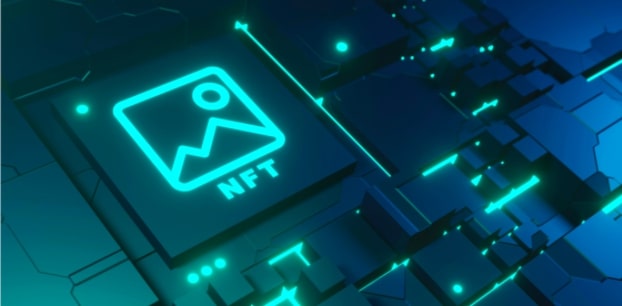A Ph.D. student and AI expert have teamed up to bring brain-computer interfaces (BCIs) to the global market. Their space-aged conception is a crowd-funding effort they’re calling Hacker BCI, and it’s making life-changing technology like neurofeedback training (NFT) available to the world like never before.
Brain-computer interfaces (BCIs) work by acquiring and analyzing brain signals, using clever algorithms to translate those signals into commands. Those commands are then conveyed to output devices to perform specific actions. BCIs don’t use usual neuromuscular output pathways, but rather aim to replace or restore those lost or damaged. Through neurofeedback training, BCI can help restore function to people disabled by neuromuscular disorders such as stroke, amyotrophic lateral sclerosis, cerebral palsy, or spinal cord injury.
Now, NFT and BCI equipment is nothing new. BCIs have been consistently researched and used by doctors and neuroscientists for decades to better understand the way our brains work and find ways to enhance the human experience. BCIs are all the rage right now, but only for those who can afford them. That’s where Hacker BCI is jumping in to make NFT accessible, affordable, and functional.
What makes this BCI technology so special is the fact that anyone can access it. Using a tiny and affordable computer called Raspberry Pi, and a modest set of electrodes, Hacker BCI has created a DIY BCI, making NFTs affordably available to anyone brave enough to build it themselves.
Hacker BCI’s inception isn’t the first of its kind, but it is the first one backed by a research paper. It should be noted that this technology isn’t perfect – yet. These amateur-level machines can only do so much, particularly in the hands of hobbyists, students and laymen.
While the electrodes accompanying DIY NFTs can successfully measure EEG, EMG, and EKG signals, they must do so through the skull, tissue and whatever luxurious locks rest atop your head. These physical barriers reduce the resolution of the gathered data and limit the ultimate performance potential of the home-built BCI. Most users will be able to control computers with actions or movements like blinking or eye movement, but the ability to control a robotic arm through thought alone is still quite a way out for DIY users.
The practical applications of DIY BCIs are few at this point and cater mostly to hobbyists and those interested in recreational neuroscience. Homemade BCIs can be valuable teaching tools and may provide significant data in helping researchers understand measurable phenomena such as emotions and concentration.
In the distant future, BCIs even stand to create transformative gaming experiences, improve first-responder efficiency and even supercharge surveillance (which may or may not be a good thing for those of us concerned about privacy in a digital world).
The recreational benefits of DIY BCIs are certainly interesting, and it gives students of technology and other sciences endless potential to change the world as we know it. But the real milestone Hacker BCI is marking with their tech is the progress toward making enterprising BCI and NFTs available and affordable to those who need it most.
As DIY BCI technology develops, the potential for scientific and medical application is immeasurable. DIY NFT and advanced BCI will ultimately give people the chance to restore a better quality of life – without declaring bankruptcy or even leaving the house.

